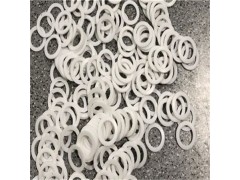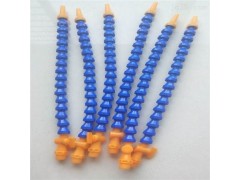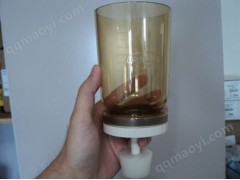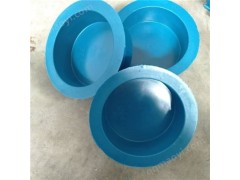- 规格:
- 0.35mm
.Enhance the air tightness and water tightness of the building
Practice has proved that no matter what facade form or roof laying form is adopted, the airtightness of the building envelope cannot be guaranteed. For exterior walls, cracking of plastering is inevitable, it is difficult to tightly overlap the hanging boards, and it is impossible to make a wall airtight with simple masonry blocks. These problems are more obvious at the yin and yang corners of the building, overlapping joints and around doors and windows. Through these unsealed pores, airflow and water vapor can invade the building envelope, thus seriously affecting the energy consumption, durability and comfort of the building.
.Building Energy Consumption
Rainwater and water vapor that invades the building envelope with airflow will reduce the effective thermal resistance value of the insulation layer, resulting in more energy consumption. Of course, the impact of water vapor on different insulation materials is different. The intruding airflow will form a convective circulation within the building envelope and will also reduce the effective thermal resistance value of the insulation layer, resulting in more energy consumption. Likewise, airflow affects different insulation materials differently. If the airflow invades the room, people will have to use larger HVAC equipment to compensate for the heat/energy loss, thereby increasing the building's energy consumption.
.Building durability
The water vapor that invades the interior of the building envelope will cause water vapor to condense in the wall cavity (so-called condensation water), accelerating the aging of building materials, such as the rust of steel and the decay of wood. This will have a serious impact on the durability of the buildingbr/>.Building comfort
The intrusion of air flow will have an adverse impact on the indoor thermal comfort and bring pollutants deposited on different building components and from building materials. Or outdoor radiation, thereby affecting indoor air quality. Water vapor entering the interior of the building envelope creates conditions for the condensation of water vapor in the building envelope, leading to the formation of mold, thus affecting indoor air quality and the health of residents. It can be seen that strengthening the air tightness and water tightness of buildings is crucial to building energy conservation and environmental protection.
.Building Vapor Permeability
Due to the existence of indoor and outdoor temperature differences, condensation inside the building envelope is unavoidable. But in fact, moisture problems will only occur when the building envelope is constantly wet, leading to adverse effects on building energy consumption, durability and comfort. Therefore, in order to avoid problems, it is particularly important to ensure the breathability of the building so that it can achieve natural drying by diffusing water vapor to the outdoors.















 Year1
Year1





 WhatsApp
WhatsApp





